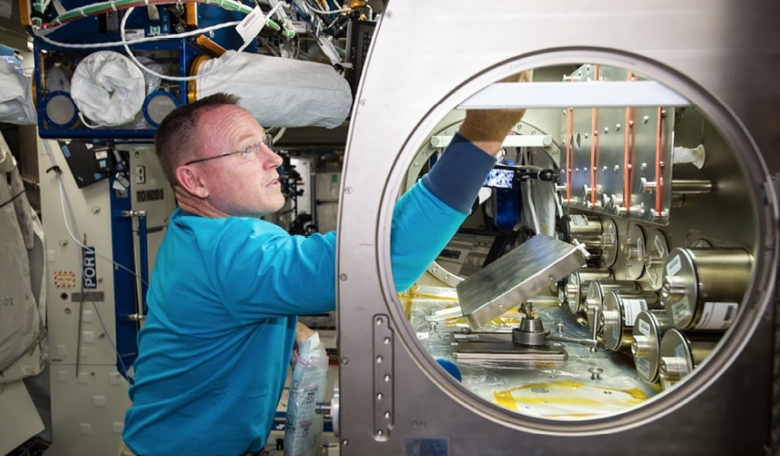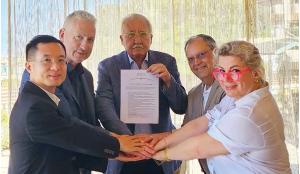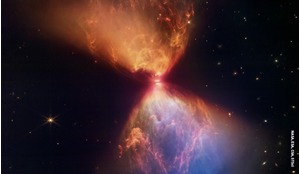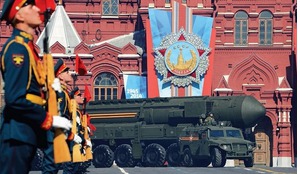There are many outstanding questions as to whether humans could survive as a species over multiple generations in another planetary environment. When it comes to Mars, perhaps the reduced gravity of the red planet could change human physiology or behaviour so as to prevent successful reproduction and development. If this is true, it might drastically reshape space exploration investments towards large, in-space, artificial gravity settlements which can replicate Earth gravity. While these considerations may seem far removed from near-term efforts to set foot on Mars, the historically long periods of use for space hardware suggest that potential alternate approaches should be studied early to prevent costly redirects should partial gravity prove untenable for settlement.
Short of landing on a planetary surface, artificial gravity offers the most practical platform to investigate long-duration partial gravity effects on human physiology. However, there is no current or planned partial gravity testing platform at the human scale. An alternate approach using rodents as surrogates to study the effects of future exploration missions may be more feasible from a mass and volume perspective. A smaller, rodent-scale artificial gravity facility could serve to reduce risk for human-scale artificial gravity facilities and vehicles.
Rodent based mammalian development studies conducted in microgravity have been ongoing for around 35 years. Several research efforts used rodent analogues to study the effects of microgravity on rodent reproduction during short-duration (around two weeks) flight experiments aboard free flying satellites, the Space Shuttle, and the International Space Station (ISS). Longer duration (months and years) rodent analogue reproduction experiments aboard the ISS are currently ongoing, as well as planned for the future. Research has also been conducted on the ground in simulated microgravity laboratory settings where rotational devices lessen the effects of gravity on embryos or the hind limbs of rodents are elevated to mimic microgravity conditions.
A study was conducted at NASA Langley Research Center to design a conceptual, long-duration, autonomous habitat to house mice in an artificial partial gravity environment. This study, the Multigenerational Independent Colony for Extraterrestrial Habitation, Autonomy and Behavior (MICEHAB), investigated the challenges associated with partial gravity mammalian reproduction.
Read more about how mice help us understand the possibility of human reproduction in space and what the MICEHAB study has found out in the full version of the article, available now to our subscribers.














